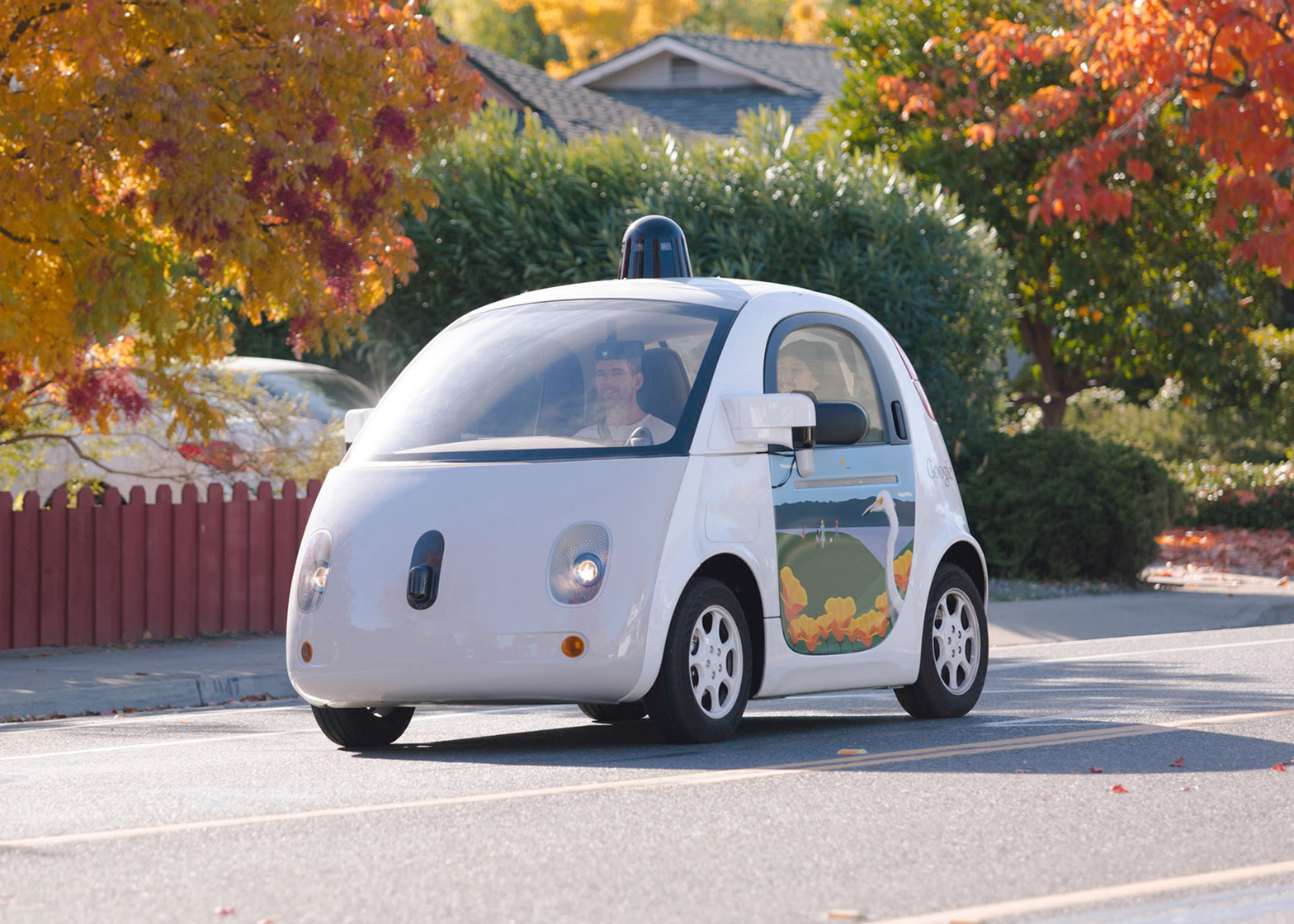One of Google's self-driving vehicles has collided with a public bus in Mountain View, California, an accident report has revealed.
The crash, which occurred near Google's headquarters on 14 February 2016, is the first incident in which an autonomous vehicle is believed to have been partly the cause of an accident.
California's department of motor vehicles posted an accident report yesterday in which it described how the autonomous car "had come to a stop" on a busy road to traverse sandbags "positioned around a storm drain that were blocking its path".
"When the light turned green [at the intersection], traffic in the lane continued past the Google AV," continues the report. "A public transit bus was approaching from behind."
"The Google AV test driver saw the bus approaching in the left side mirror but believed the bus would stop. Approximately three seconds later, as the Google AV was re-entering the centre of the lane it made contact with the side of the bus."
Google's self-driving vehicle was operating in autonomous mode at the moment of impact and travelling at less than two miles per hour. The bus was travelling at 15 miles per hour. No injuries were reported.
The news of the crash comes just weeks after Google's self-driving car system became the first non-human to be recognised as a driver in the US. Recognition from the US National Highway Traffic Safety Administration was seen as a first step towards changing the law for cars that have "no need for a human driver".
The recognition of Google's autonomous computer as a driver could form the legal basis for establishing liability in the event of accidents involving self-driving cars. However, the recent collision could hold this process back and represents what is widely believed to be the biggest challenge faced by proponents of driverless technology: legal liability.
Despite admitting that its self-driving vehicle was partly responsible for the recent incident, Google ardently stressed the bus driver's role in the crash too.
"Our car had detected the approaching bus, but predicted that it would yield to us because we were ahead of it," said Google. "This is a classic example of the negotiation that's a normal part of driving – we're all trying to predict each other's movements."
"In this case, we clearly bear some responsibility, because if our car hadn't moved there wouldn't have been a collision."
Google has since reviewed the incident in its simulator and made updates to its software to make crashes less likely in the future.
"From now on, our cars will more deeply understand that busses (and other large vehicles) are less likely to yield to us than other types of vehicles, and we hope to handle situations like this more gracefully in the future."

